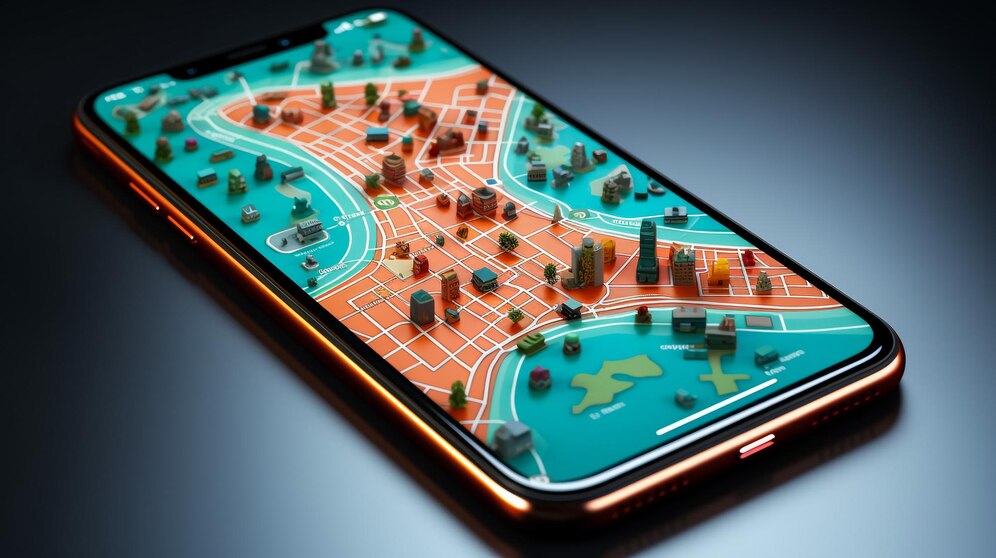In today’s digital landscape, the integration of mapping tools has become integral across various domains. From aiding in navigation to facilitating data visualization, mapping tools serve as indispensable assets. Among the plethora of options available, Ùmap emerges as a standout choice, renowned for its versatility and user-friendly interface. In this article, we embark on a journey to unravel the intricacies of Ùmap, delving into its features, applications, and the myriad benefits it offers.
Understanding Ùmap: An Overview
Before delving into its functionalities, let’s grasp the essence of Ùmap. Developed as an open-source platform, Ùmap empowers users to create interactive maps with ease. Whether you’re a novice or an experienced cartographer, Ùmap offers a seamless experience, allowing you to craft visually stunning maps tailored to your specific needs.
Features that Set Ùmap Apart
Intuitive Interface: One of the primary reasons behind Ùmap’s popularity is its intuitive interface. Navigating through the platform feels natural, with well-organized menus and straightforward tools. This simplicity ensures that users of all proficiency levels can leverage the platform efficiently.
Customization Options: Flexibility is key when it comes to mapping tools, and Ùmap delivers on this front admirably. From choosing different base layers to customizing markers and shapes, users have the freedom to personalize their maps to align with their vision.
Collaborative Capabilities: Collaboration lies at the heart of many projects, and Ùmap facilitates seamless teamwork. Multiple users can collaborate in real-time, making edits, adding annotations, and sharing insights effortlessly.
Geospatial Analysis Tools: Beyond mere visualization, Ùmap offers a suite of geospatial analysis tools that empower users to derive meaningful insights from their data. Whether it’s measuring distances, calculating areas, or conducting spatial queries, Ùmap equips users with the necessary tools to perform comprehensive analyses.
Embedding and Sharing: The ability to embed maps on websites or share them across various platforms is crucial for reaching a wider audience. With Ùmap, sharing your creations is a breeze, thanks to its seamless integration with popular social media platforms and website embedding capabilities.
Applications Across Diverse Sectors
Urban Planning: In the realm of urban planning, Ùmap emerges as a valuable asset for visualizing infrastructure projects, zoning regulations, and demographic data. Planners can leverage its interactive features to engage stakeholders and solicit feedback, fostering transparency and inclusivity in the decision-making process.
Environmental Conservation: Conservation efforts often rely on accurate spatial data to identify critical habitats, monitor biodiversity, and plan conservation initiatives. Ùmap facilitates these endeavors by providing a platform for mapping species distributions, tracking migration patterns, and delineating protected areas.
Disaster Response and Management: During times of crisis, timely and accurate information can be a lifeline. Ùmap proves instrumental in disaster response and management by enabling organizations to map affected areas, coordinate rescue efforts, and disseminate crucial information to the public.
Tourism and Travel: For travelers seeking immersive experiences, Ùmap serves as a trusted companion, offering detailed maps enriched with points of interest, hiking trails, and cultural landmarks. Tour operators can harness its capabilities to create custom itineraries, enhancing the overall travel experience for their clients.
Education and Research: In educational settings, Ùmap emerges as a versatile tool for teaching geography, environmental science, and urban studies. Students can engage in hands-on learning experiences, creating their own maps to visualize concepts and conduct spatial analyses.
Unlocking the Benefits of Ùmap
Enhanced Decision-Making: Informed decision-making hinges on access to reliable data and insightful analyses. Ùmap empowers users to make data-driven decisions by providing a platform for visualizing complex spatial relationships and trends.
Increased Accessibility: Accessibility is paramount in today’s interconnected world, and Ùmap delivers by offering a platform that is accessible to users across diverse devices and operating systems. Whether you’re accessing it from a desktop computer or a mobile device, Ùmap ensures a seamless user experience.
Cost-Effectiveness: Traditional mapping software often comes with hefty price tags, making them inaccessible to budget-conscious individuals and organizations. Ùmap, being open-source, eliminates this barrier, offering powerful mapping capabilities at no cost.
Empowerment Through Data Visualization: The adage “a picture is worth a thousand words” holds true in the realm of data visualization. By transforming raw data into visually compelling maps, Ùmap empowers users to communicate complex information effectively, fostering understanding and engagement.
Community Engagement and Participation: In projects spanning diverse domains, community engagement plays a pivotal role in fostering collaboration and garnering support. Ùmap facilitates community engagement by providing a platform for interactive mapping, enabling stakeholders to contribute their insights and perspectives.
Conclusion
In the ever-evolving landscape of digital mapping, Ùma’p stands out as a beacon of innovation and accessibility. Its intuitive interface, robust features, and diverse applications make it a valuable asset across various sectors, from urban planning to environmental conservation. As we continue to harness the power of digital tools to navigate and understand our world, Ùma’p emerges as a steadfast companion, empowering users to unlock the full potential of spatial data visualization and analysis. So, whether you’re embarking on a journey of exploration or embarking on a quest for insights, let Ùma’p be your guide to the fascinating world of digital mapping.







